Shipping plays a crucial role in the success of ecommerce businesses, but the logistics involved can often be complex and confusing. One of the key aspects of shipping logistics is understanding shipping zones.
In this post, we will cover:
- The definition and importance of shipping zones and how they affect logistics and delivery times.
- Detailed comparisons of shipping zones across major carriers like USPS, FedEx, and UPS.
- Strategies to optimize shipping processes for cost efficiency and improved delivery speeds.
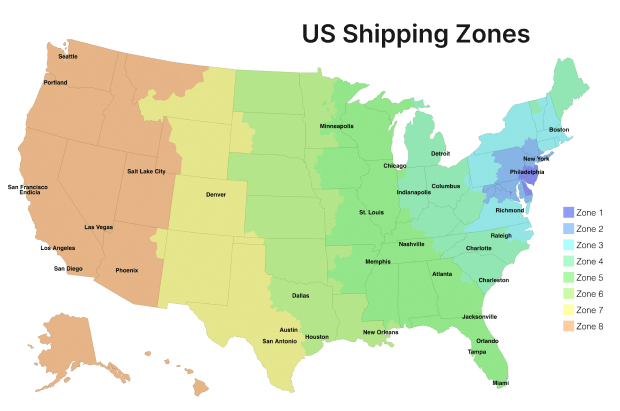
What are shipping zones?
Shipping zones are geographical areas defined by shipping companies to facilitate the management of delivery times and calculation of shipping costs. Spanning from Zone 1 to Zone 8 for domestic shipments in the United States, these zones are determined not by the actual miles traveled but rather through groupings of ZIP codes from the shipment’s point of origin to its destination. Understanding these zones is crucial for effectively managing shipping costs and ensuring timely deliveries.
How to calculate shipping zones
Calculating shipping zones might initially seem daunting, but it becomes straightforward once you grasp the basics. The primary basis for determining shipping zones is the distance from the shipping origin point to the destination. This distance doesn’t refer to the direct mileage but rather to the grouping of ZIP codes into specific zones defined by shipping carriers.
Shipping carriers such as USPS, FedEx, and UPS have mapped out the United States into various zones, starting from the shipping origin (Zone 1) and extending outward. The farther the destination ZIP code from the origin, the higher the zone number.
Suppose your business is located in Chicago, Illinois, and you need to ship a package to Miami, Florida. Here’s how you might determine the shipping zone:
- Identify the origin ZIP code: For example, 60601 (Chicago).
- Identify the destination ZIP code: For example, 33101 (Miami).
- Use a shipping zone chart or online calculator provided by your carrier. Most carriers offer tools on their websites where you can input the origin and destination ZIP codes to find out the shipping zone.
- Check the result: The tool calculates and displays the zone, which for this example might be Zone 5.
Understanding how to calculate shipping zones allows businesses to estimate shipping costs more accurately and plan their logistics accordingly.
FedEx, UPS, USPS Shipping Zones: What Are They?
For practical purposes, shipping zones vary slightly between carriers but generally follow a similar pattern. Here’s a basic table to help estimate your shipping zones for USPS, UPS, and FedEx (updated June 2024):
| Shipping Zone | Mile Radius (from origin) |
|---|---|
| Zone 1 (local) | 50 mile radius |
| Zone 2 | 51 – 150 mile radius |
| Zone 3 | 151 – 300 mile radius |
| Zone 4 | 301 – 600 mile radius |
| Zone 5 | 601 – 1000 mile radius |
| Zone 6 | 1001 – 1400 mile radius |
| Zone 7 | 1401 – 1800 mile radius |
| Zone 8 | 1801+ mile radius |
| Zone 9 | Freely Associated States |
For those looking to dive deeper into shipping zones and how they’re calculated by different carriers, here are some useful resources:
- USPS Domestic Zone Charts: This tool allows you to determine the shipping zone for your USPS shipments based on zip codes.
- UPS Shipping Costs and Rates: Explore detailed information about UPS shipping costs and how they vary by zone and service type.
- FedEx Zip Code Shipping Zone Tool: A quick and easy tool to find out shipping zones based on zip codes specifically for FedEx shipments.
These resources provide valuable insights and tools to help you better understand and manage your shipping operations.
Key Factors That Define Shipping Zones
Several factors come into play when defining shipping zones, each contributing to how shipping costs are calculated and delivery times are estimated. Here are the key factors that carriers consider:
- Geographic Boundaries: The primary factor, which includes the physical distance measured by zones, starting from the shipment’s origin.
- Origin Point: The specific starting location of a shipment, crucial for determining the initial zone and the consequent zones a package will pass through.
- Destination Point: The endpoint of the shipment journey, which, along with the origin, helps to define the exact zone category.
- Carrier-Specific Rules: Each carrier may have unique rules or additional factors, such as regional regulations or special zones for remote areas.
Understanding these factors can help businesses optimize their shipping strategies by choosing the most cost-effective options and improving delivery accuracy.
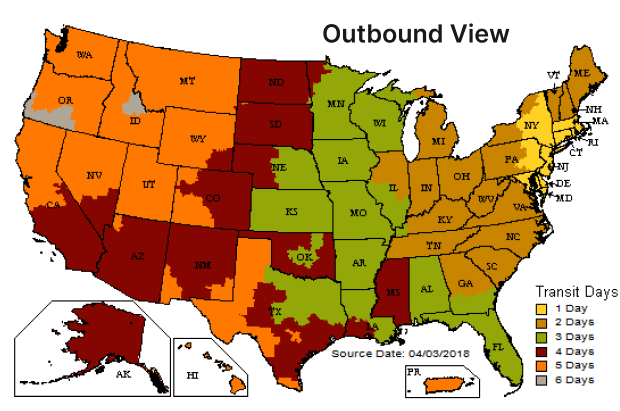
The Role of Shipping Zones in Freight and Parcel Delivery
Shipping zones significantly influence both freight and parcel delivery, impacting the logistics, cost, and strategy behind each type of shipment. Understanding these differences is crucial for businesses to optimize their delivery options and manage costs effectively.
Freight vs. Parcel Delivery:
- Freight Shipping: Involves transporting large quantities of goods, typically organized on pallets or in containers, and is facilitated by larger vehicles such as trucks, ships, or planes. Freight shipments are more complex due to the scale and the logistics required, such as route planning, load balancing, and managing delivery schedules. Shipping zones affect freight shipping primarily in terms of cost calculation and delivery time management. The farther the goods need to travel across zones, the higher the cost and potential for longer delivery times.
- Parcel Delivery: More common for small business and personal shipments, parcel delivery involves smaller, often individually packaged items. This type of delivery is generally quicker and involves less complex logistics than freight. However, shipping zones are still a critical factor, as they directly influence the cost and speed of delivery. For instance, a parcel shipped within the same or a nearby zone will typically arrive faster and cost less compared to one sent to a distant zone.
Shipping zones help businesses and logistics managers make informed decisions about shipping methods, costs, and prioritization of deliveries based on distance. For example, businesses can choose to warehouse inventory in strategic locations closer to their major customer bases to reduce the distance parcels or freight need to travel, thus minimizing costs and speeding up delivery.
How do shipping zones affect shipping costs?
Shipping zones significantly influence shipping costs, as they are largely determined by the distance a shipment travels and its zone classification. A thorough understanding of this dynamic is crucial for businesses to optimize their shipping strategies for cost-efficiency.
Zone number
Zone numbers are assigned based on the distance from the shipment’s origin. The greater the distance to the destination, the higher the zone number, which generally results in increased shipping costs.
To mitigate these costs, businesses can strategically locate inventory closer to key markets or consolidate shipments to reduce the number of zone crossings.
Order Weight
The weight of an order significantly influences shipping costs across different zones. Carriers typically categorize shipments into weight brackets, with each bracket having specific cost implications that increase with the distance covered. Let’s use the chart below as an example to illustrate how weight impacts shipping costs in various zones.
| Shipping Zones | |||||||||
|---|---|---|---|---|---|---|---|---|---|
| Pounds | 1&2 | 3 | 4 | 5 | 6 | 7 | 8 | 9 | |
| 1 | $6.70 | $7.15 | $7.30 | $7.45 | $7.60 | $7.85 | $8.45 | $10.60 | |
| 2 | $7.25 | $7.70 | $8.75 | $9.85 | $10.65 | $11.80 | $12.90 | $16.85 | |
| 3 | $7.90 | $8.85 | $10.15 | $11.75 | $13.35 | $14.65 | $17.30 | $22.55 | |
For instance, consider a shipment weighing 3 pounds. According to the chart, if this package is shipped within Zones 1 and 2, the cost might be $7.90. However, if the same package is shipped to Zone 9, the cost escalates to $22.55. This example clearly shows the direct relationship between weight, zone distance, and shipping cost.
To manage and potentially reduce shipping costs, businesses should consider packaging strategies that minimize weight. Using lighter packing materials and optimizing package dimensions can effectively lower the total weight of shipments, thus reducing costs across all zones.
How can ecommerce companies afford to offer free shipping?
Free shipping is a popular marketing tool used to attract customers, but it can be costly for businesses. This section explores how companies manage to offer this perk.
Businesses often absorb the shipping cost into the product price or set minimum order thresholds to balance the cost of offering free shipping. They may also use economical packaging and optimize their shipping zones to reduce expenses.
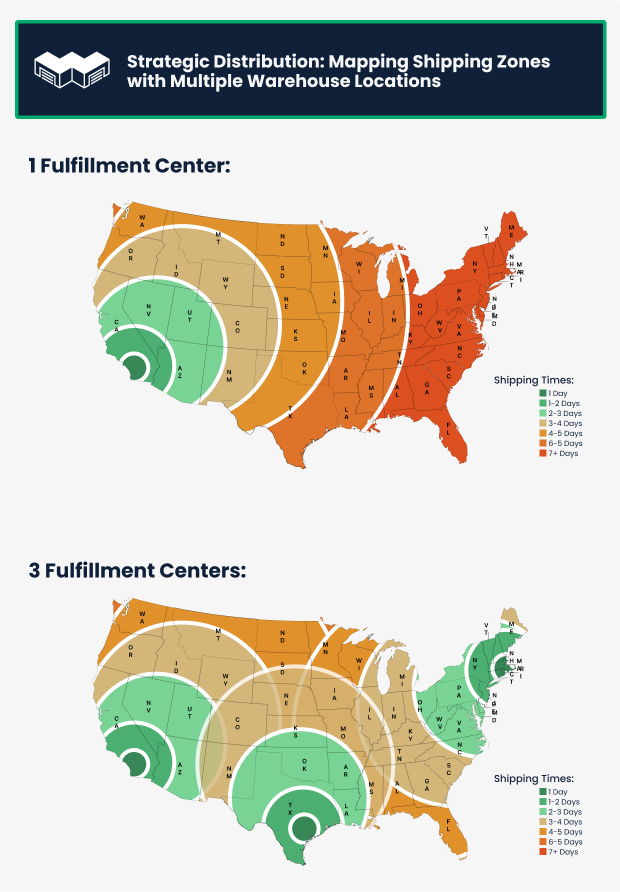
How to reduce shipping costs and transit times
Minimizing shipping costs while also improving delivery speeds is a crucial challenge for small to medium-sized enterprises (SMEs). The demand for rapid and economical delivery options is high—nearly three-quarters of consumers expect deliveries to be fast and affordable, and over a fifth may abandon their cart if shipping is too slow.
Additionally, the tolerance for waiting has decreased significantly; the average acceptable delivery time is now just over four days, down from 5.5 days a decade ago. This shift is part of a broader trend where e-commerce’s share of global retail sales is anticipated to climb, potentially accounting for 22% by 2023. These trends underline the need for businesses to optimize their logistics operations effectively.
Strategic use of small warehouse spaces, such as those offered by companies like WareSpace, can be a game-changer in meeting these expectations, providing solutions that allow for quicker, more cost-effective shipping methods.

Tour a small warehouse space TODAY!
See how a small warehouse space can transform your business.
By renting small warehouse spaces in strategic locations, businesses can significantly alter their shipping dynamics. This proximity to customers reduces the number of shipping zones a package travels through, lowering shipping costs and speeding up delivery times.
For SMEs, this is a cost-effective alternative to owning multiple warehouses across the country. Instead of substantial investments in property and infrastructure, renting small spaces offers flexibility and scalability.
By understanding and implementing these strategic approaches, businesses can leverage small warehouse spaces like those offered by WareSpace to optimize their shipping operations. This not only reduces costs and enhances delivery speeds but also improves overall customer satisfaction, making it a win-win for growing businesses.
Interested in small warehouse spaces for rent as a solution for your shipping zones? Book a tour today to visit one of our locations in ideal spots around the US and see firsthand how WareSpace can help streamline your shipping processes and reduce costs.
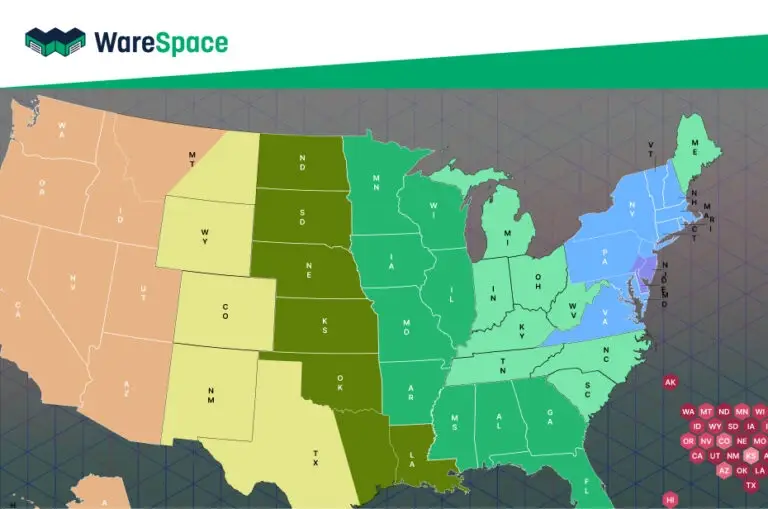
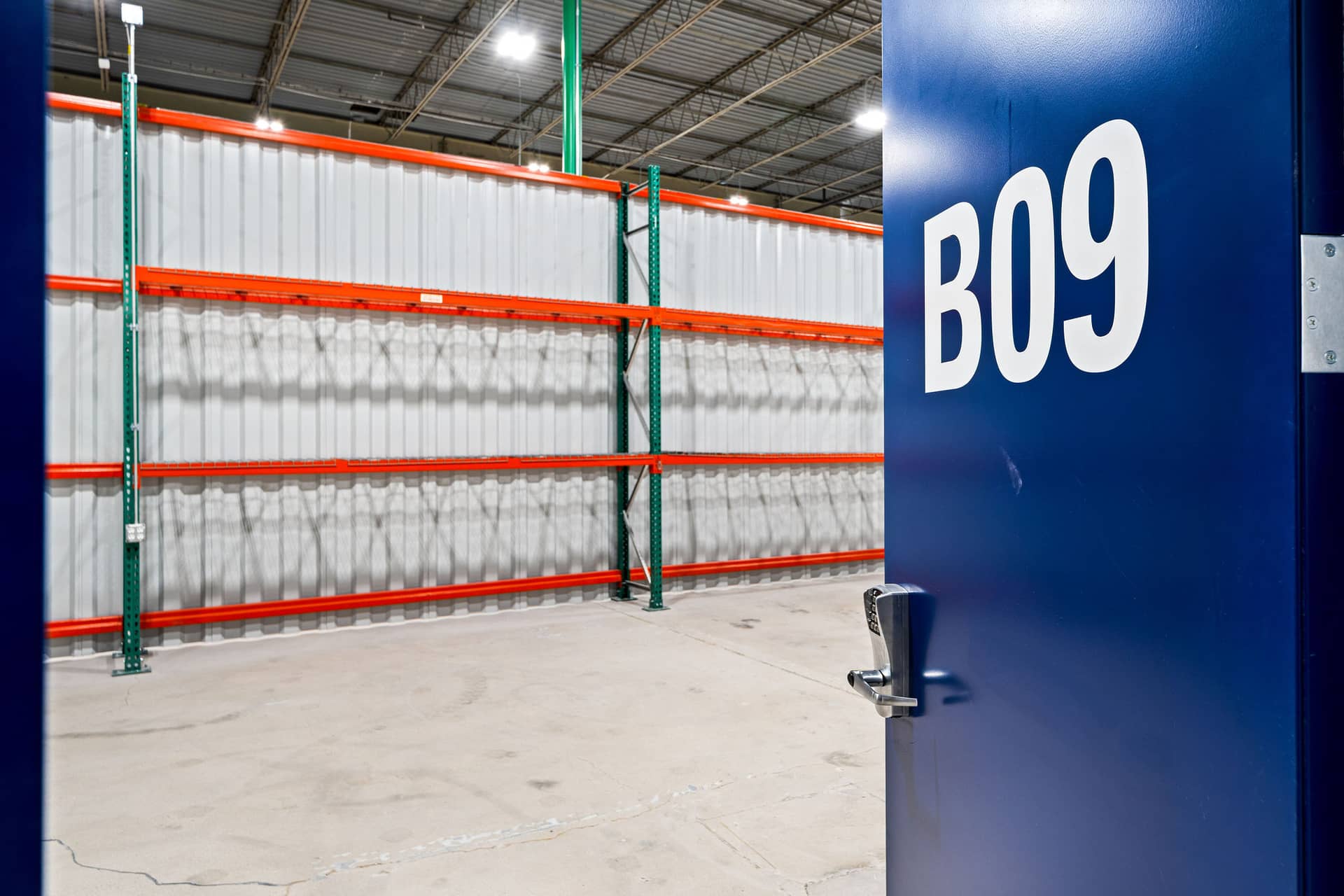
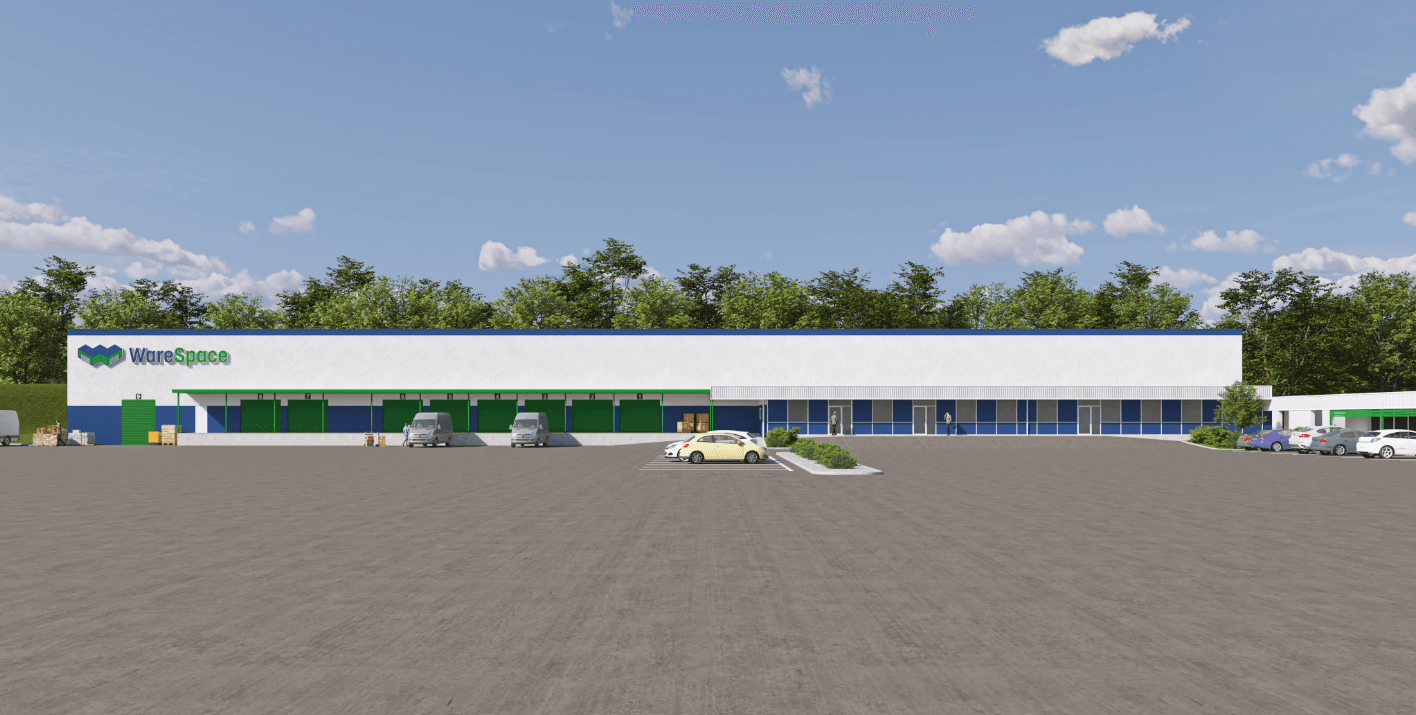
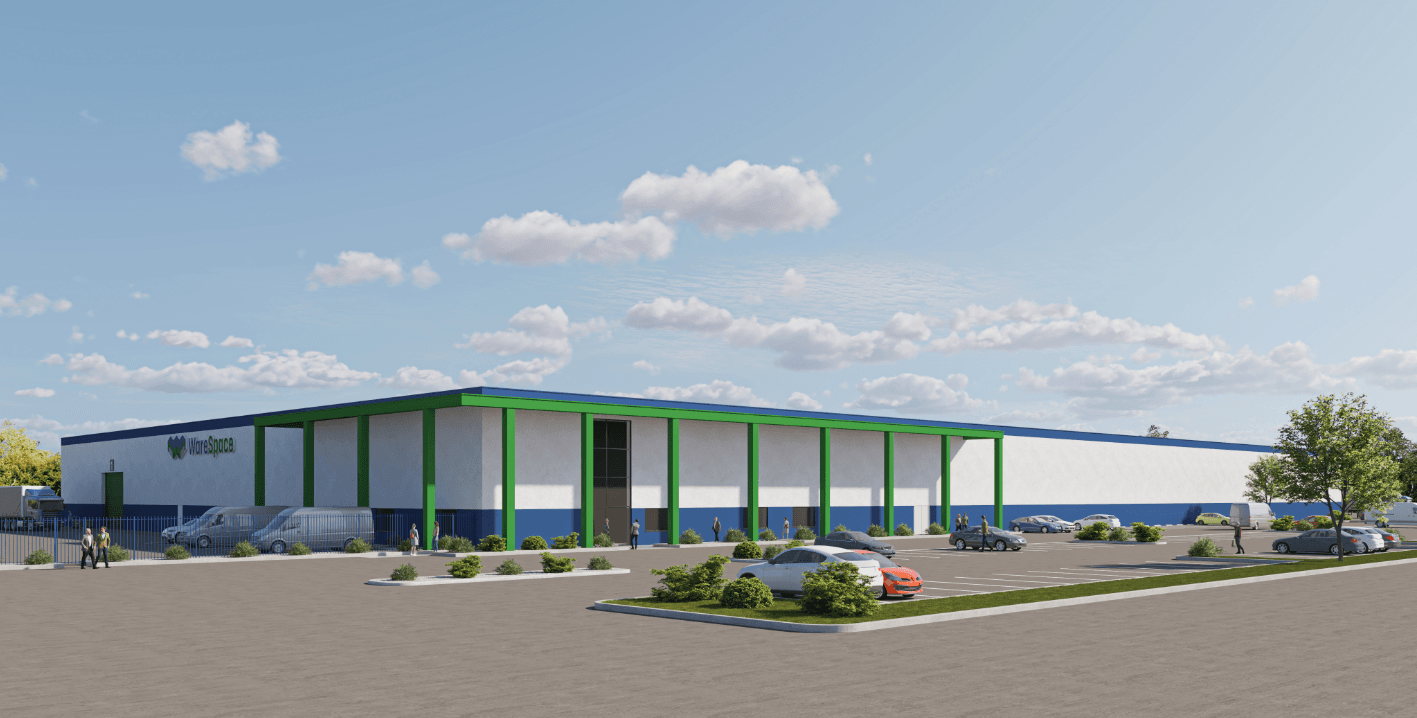
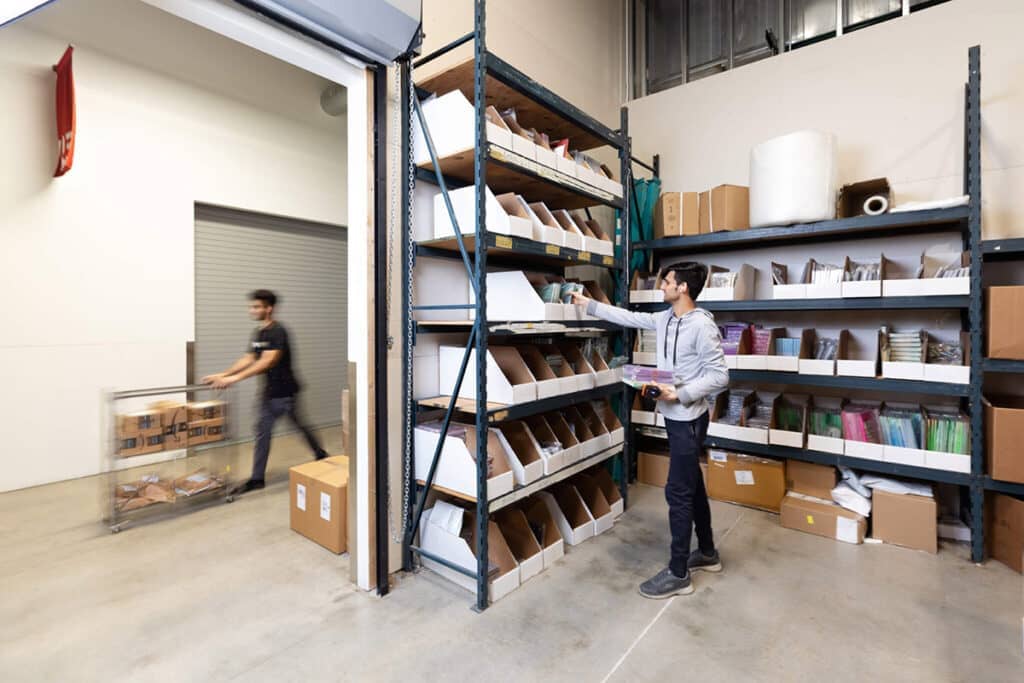
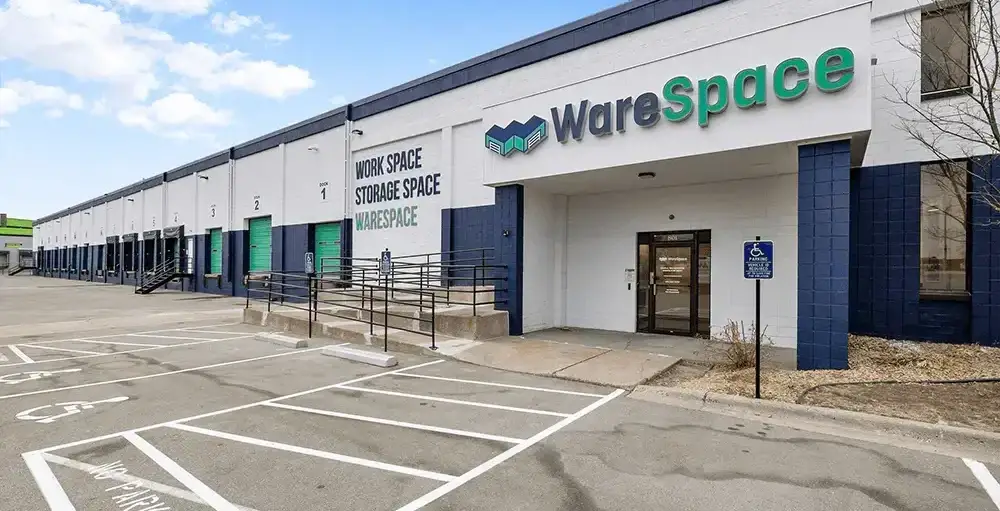
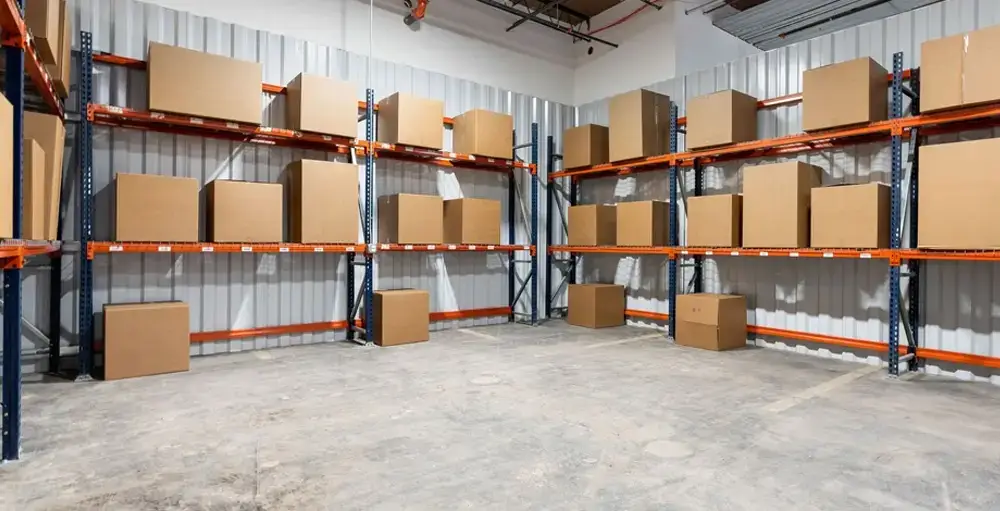
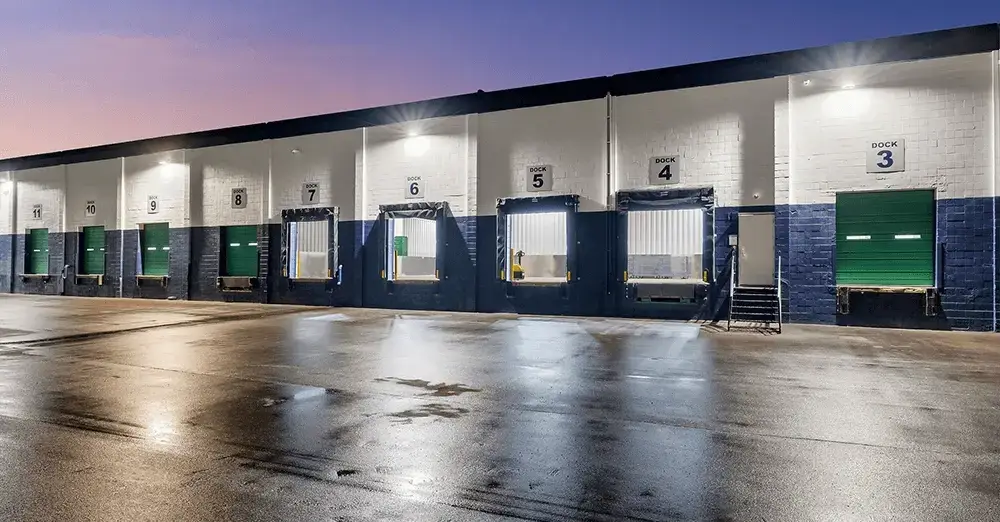












 ►
Explore 3D Space
►
Explore 3D Space